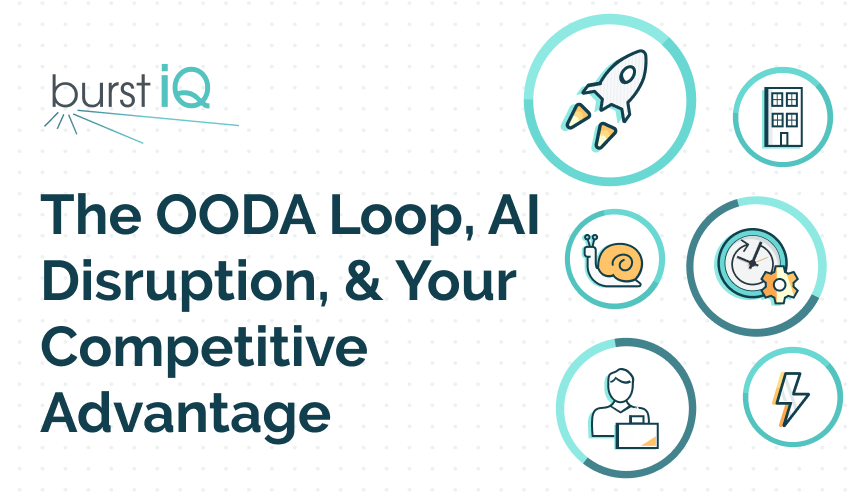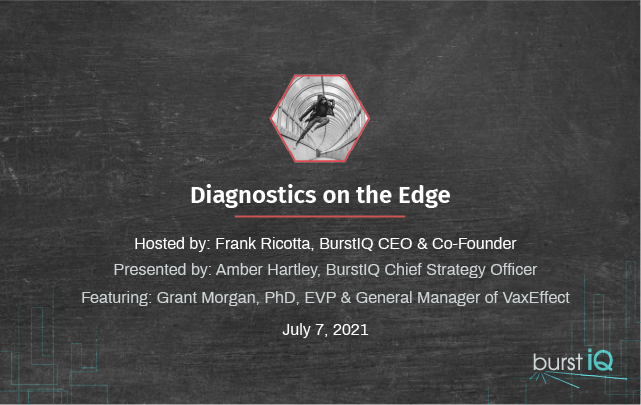MDM Implementation Steps
MDM Implementation Steps
Master Data Management Implementation
Master Data Management Implementation
Master Data Management (MDM) has become a cornerstone of modern business operations, enabling organizations to maintain consistent, accurate, and unified data across all systems.
This comprehensive guide will walk you through the essential steps of implementing an MDM solution that drives business value while ensuring data integrity.
Understanding the MDM Foundation
Before diving into implementation, it’s crucial to understand that Master Data Management is more than just a technology solution.
It’s a comprehensive approach that combines people, processes, and technology to ensure the accuracy, consistency, and control of an organization’s critical data assets. Successful MDM implementation requires careful planning, stakeholder alignment, and integration with broader data governance strategies.
Phase 1: Strategic Planning & Assessment
The journey begins with a thorough evaluation of your organization’s current data landscape.
Start by identifying your critical data domains and understanding how master data flows through your organization. This phase involves documenting existing data sources, analyzing data quality issues, and determining the business impact of poor data management.
Create a detailed roadmap that outlines your MDM objectives, timeline, and resource requirements.
Phase 2: Building the Governance Framework
A robust governance framework forms the backbone of successful MDM implementation. Establish clear roles and responsibilities, including data stewards, owners, and custodians.
Create policies and procedures for data creation, modification, and deletion. This framework should align with your organization’s broader data governance initiatives while addressing specific master data requirements.
Phase 3: Technology Selection & Architecture Design
Selecting the right MDM solution requires careful consideration of your organization’s needs, technical requirements, and future scalability. Design an architecture that supports your data governance framework while enabling seamless integration with existing systems.
Consider factors such as data storage, security requirements, and integration capabilities. The chosen solution should facilitate both technical and business user needs.
Phase 4: Data Model Development
Creating a unified data model is crucial for MDM success. This model should reflect your organization’s master data requirements while supporting business processes across all departments.
Define data standards, hierarchies, and relationships between different data domains. Ensure the model is flexible enough to accommodate future business changes while maintaining data integrity.
Phase 5: Implementation & Integration
The implementation phase requires a systematic approach to deploying your MDM solution. Begin with a pilot program focusing on a single data domain or business unit. This allows you to test the solution, identify potential issues, and refine processes before full-scale deployment.
Gradually expand the implementation across other domains while ensuring proper integration with existing systems.
Phase 6: Data Migration & Quality
Data migration is a critical step that requires careful planning and execution. Develop a comprehensive strategy for cleansing, validating, and migrating data from legacy systems to your new MDM solution.
Implement data quality rules and validation checks to ensure data accuracy and consistency. Regular monitoring and maintenance of data quality should become an ongoing process.
Phase 7: Training & Change Management
Success depends heavily on user adoption and understanding. Develop comprehensive training programs for different user groups, from data stewards to business users. Focus on both technical aspects and business benefits of the MDM solution.
Implement change management strategies to address resistance and ensure a smooth transition to new processes.
Phase 8: Continuous Improvement
MDM implementation is an iterative process that requires ongoing refinement. Establish metrics to measure success and identify areas for improvement. Regularly review and update policies, procedures, and technical components based on business feedback and changing requirements. Create a feedback loop that enables continuous enhancement of your MDM program.
Successful MDM implementation requires a balanced approach that combines technical expertise with business understanding.
By following these structured steps and maintaining focus on both data governance and technical implementation, organizations can build a robust MDM foundation that delivers lasting business value.
Remember that MDM is a journey, not a destination, and continuous improvement is key to long-term success.
If you ever need help walking through a digital transformation or master data management strategy, connect with us at burstiq.com/contact-burstiq. Read here for a more detailed look at master data management.

